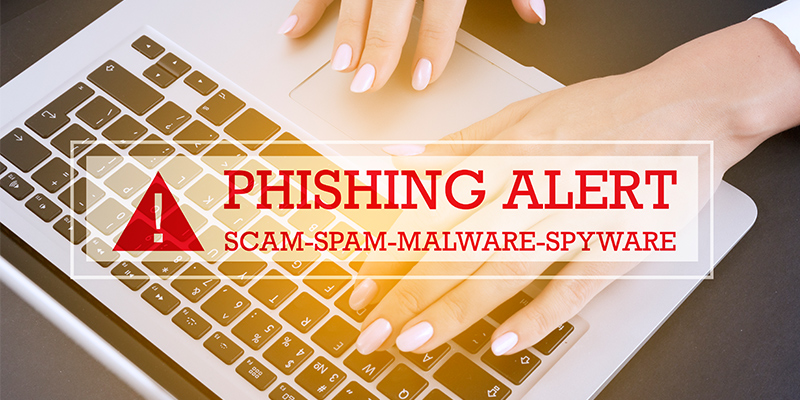A Deep Dive Into Phishing Scams
 Tier3MD
Tier3MD
Phishing scams remain one of the most prevalent and successful types of cyberattacks today, so being aware of the danger they pose to practices like yours is extremely crucial. Your practice could easily be the next victim if you don’t clearly understand how threat actors leverage phishing emails.
In this blog, you’ll learn the intent behind phishing emails, the various types of phishing attacks, and most importantly, how you can secure your email and practice.
The goal behind phishing emails
Cybercriminals use phishing emails to lure unsuspecting victims into taking actions that will affect practice operations, such as sending money, sharing passwords, downloading malware or revealing sensitive data. The primary intent behind a phishing attack is to steal your money, data or both.
Leveraging diverted attention and resources – The most common aim of a phishing attempt is to steal your money. Scammers use various tactics, such as practice email compromise (PEC), to carry out fraudulent fund transfers or ransomware attacks to extort money.
Data theft – For cybercriminals, your data, such as usernames and passwords, identity information (e.g., social security numbers) and financial data (e.g., credit card numbers or bank account information), is as good as gold. They can use your login credentials to commit financial thefts or inject malware. Your sensitive data can also be sold on the dark web for profit.
Be vigilant and look out for these phishing attempts:
If an email asks you to click on a link, be wary. Scammers send out phishing emails with links containing malicious software that can steal your data and personal information.
If an email directs you to a website, be cautious. It could be a malicious website that can steal your personal information, such as your login credentials.
If an email contains an attachment, be alert. Malicious extensions disguised to look like a document, invoice or voicemail can infect your computer and steal your personal information.
If an email tries to rush you into taking an urgent action, such as transferring funds, be suspicious. Try to verify the authenticity of the request before taking any action.
Learn More: https://www.tier3md.com/a-deep-dive-into-phishing-scams/
Subscribe to my newsletter
Read articles from Tier3MD directly inside your inbox. Subscribe to the newsletter, and don't miss out.
Written by
